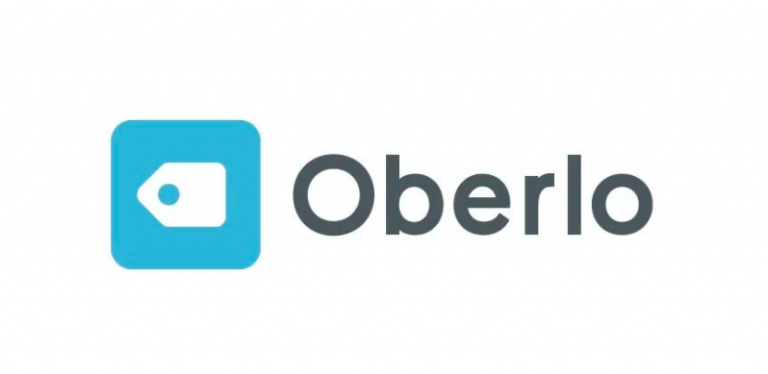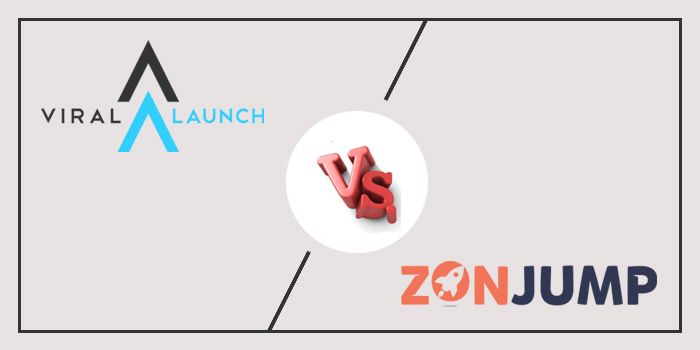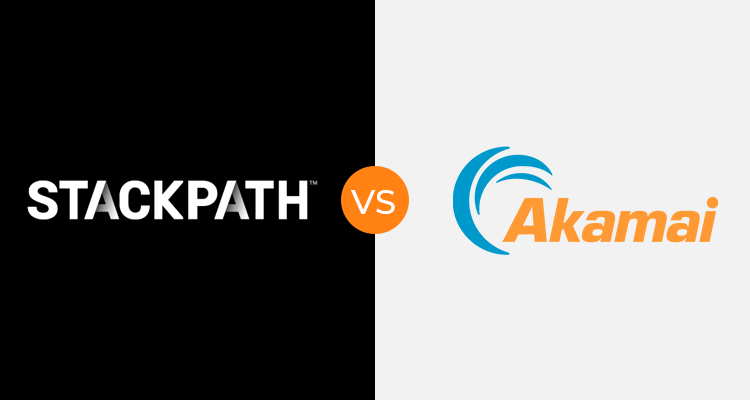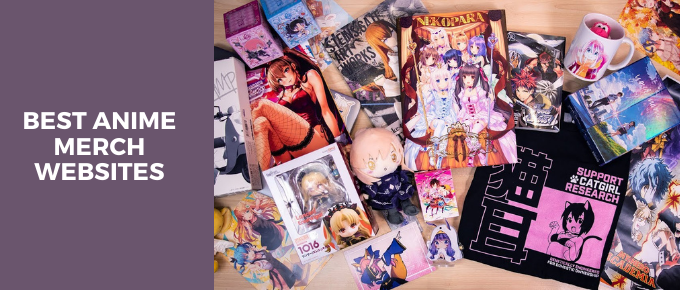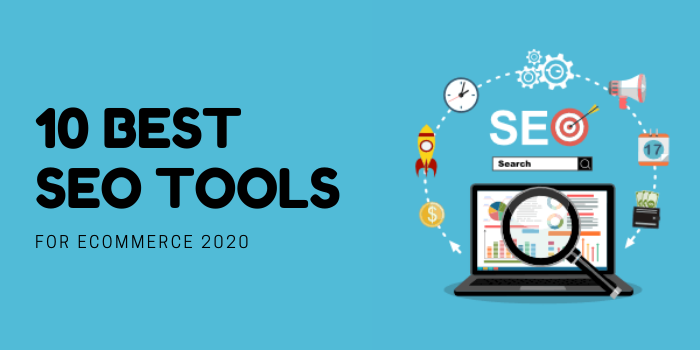
The end goal of every ecommerce store is to sell more stuff.
In order to do that you need to attract your target audience, engage with them, develop their needs and sell your products.
It could be extremely hard, especially when the competition is tough and everybody is marketing aggressively in order to generate customers.
This is where an ecommerce content marketing strategy can help you and make things easier for you.
Customers tend to engage more around content that is interesting, educational, entertaining and its simply offering value than just with product pages that ask for their money.
In this blog post we’re going to cover how to create a content marketing strategy for your ecommerce business and how to increase your traffic.
Creating An Ecommerce Content Marketing Strategy
These are the following things that you should keep in mind when developing the content marketing strategy for your ecommerce store:
Choose Your Goals –
Before you start developing the content marketing strategy of your ecommerce business you should always consider what your goals are.
Are you looking for more traffic, engagement, higher conversions or brand awareness?
For example:
Your goal might be to increase search traffic.
We all know how hard it is to build backlinks to product and category pages. Instead, you can write informative blog posts and use them as a tool to earn backlinks and rank your website.
Another goal might be to increase the engagement with your current audience. So they remember you and are more likely to come and buy from you again.
That way you can use content such as videos, blog posts, etc. to educate them about how to make better buying decisions, entertain them, teach them about your newest models that you offer and they can use them to get what they want.
If you sell kitchen supplies, you can teach people how to cook and prepare meals.
Your goal might be to increase conversion rates and sales.
That way you can use content as a part of your sales funnel and increase your conversion rates, upsell and cross-sell, etc.
A great example is a product video that explains every benefit of your product and it presents it in a better way.
Last but not least, this is brand awareness.
You can use content here to become recognizable in the community so everybody knows who you are.
Create Your Buyer Personas –
Buying personas are fictional representation of your ideal customers.
They help you better understand the ideal customer to whom you’re marketing. That way you can better personalize your message and content and make it more relevant to him.
As a result, you will be more likely to attract, engage, connect and convert the customer.
To create them you’d need to survey your audience and learn more about their:
- Age
- Gender
- Salary
- Job position
- Location
- Education
- Family
- Wants and aspirations
- Fears and frustrations
- Main challenges
- Reasons to use your products
- How you help them solve their problems/achieve their goals
Once you know that, you will be able to create your different buyer personas.
For example:
Let’s imagine that you have an ecommerce store selling pens.
One of your buyer personas might be a student looking forward to buying pens for the upcoming year in the high school.
A second buyer persona might be an office assistant that is looking forward to buying enough pens for everyone in the office to use.
A third buyer persona might be a CEO that uses a pen to sign up deals with.
The 3 buyer personas have totally different needs and reasons to buy the product. And depending on which one you’d like to target, you will use different content.
Learn More – How to Create Detailed Buyer Personas for Your Business [Free Persona Template].
Design Your Buyer’s Journey –
You need to know how the customer is going to buy from you and through what stages he will pass before buying from you.
Your buyer’s journey is a visualization of where your audience is in the moment and what type of information they might need in that time.
You also need to know what they might need to get to the next level and how you can use content to achieve this goal.
Your primary objective is to deliver the desired content at the exact moment when people would like to consume it.
According to Pardot the customer gets through 3 main stages – awareness, consideration and decision.
In the awareness stage the customer is still unaware of your company, product and the fact that he has a need.
That’s why at this stage the content should be focused on the pain points of the buyer, not the product or the brand.
Once your potential customer understands he has a problem, he’ll start actively researching and looking for options. 72% are likely to turn to Google for answers.
At this stage buyers are looking for educational material, customer reviews, and testimonials.
At the next stage the buyer will start prioritizing his options and filter the ones that don’t fit his needs.
For example, some products might be of the low quality, might not have the functionality that he needs or he simply might be searching for a different color.
In the consideration stage, the buyer will narrow down to just a few options and he’ll research them more deeply.
Worth Reading : Creative Ecommerce Content Marketing Examples You’d Want To Steal
70% of them are likely to go to back to Google 2-3 times to find more about the products and the company’s specific offerings.
This is the time you can get more brand specific with your content and speak about features, benefits and additional services you offer.
Finally, after some time the customer buys from you. This is when you can offer additional content to the customer to teach him about how to use your product to accomplish his need.
This will him get better results and you will manage to build greater brand loyalty which will result into more repeat purchases.
Choose The Right Actions –
What are the things that you should focus on in order to achieve your goals?
Choose the right type of content you should develop for each stage of your buyer’s journey.
Now imagine that your primary goals are to increase engagement and sales. To achieve that you can use product videos which you can place on product pages.
Your first step will be to identify the product pages with the most traffic and with the lowest conversion rates. These are the ones for which you’d need to prioritize creating product videos for.
Then depending on your budget, you can decide how many product videos you can create.
Related : How To Optimize Your Product Pages For Higher Conversions
Allocate Your Resources –
Unfortunately, we all have limited resources so it’s not possible to do everything as once.
We should prioritize and focus on the things that matter the most at the moment.
Be sure to know exactly who will be involved the content marketing process – from writing, design and promotion.
You should also know how much time they have available to execute.
If you need to outsource and hire people, we suggest you go to:
Consider your budget as well. How much money can you spend on the creation and the promotion of your content?
Content For Traffic
The sole purpose of this content is to generate traffic for your website.
Keep in mind that here you should spend much more time planning and promoting your content than on the creation part.
Your end goal should be generate as many backlinks and shares as this is what will bring you the traffic as well.
There are 3 types of content that you should consider as tools to do that:
Blogging –
This is a great way to earn more traffic, educate your audience and rank for long-tail keywords.
Here’s how.
First, each new blog post that you create is a new page that can get ranked for new keywords, earn links and pass link juice to your other pages as well.
Blogging allows you to create interesting educational content around keywords you’re targeting. That way you can use it to outreach to bloggers and influencers and build valuable backlinks around it.
That way you will increase your search rankings and you will get more traffic from Google.
Your blog posts (if there are interesting and value) will also be highly shared on social media channels such as Facebook, Twitter, LinkedIn, Pinterest, etc.
Related : How To Develop Content Strategy For Different Social Media Platforms
Last but not least, if you regularly create valuable content for your audience they will remember you, that will bring higher brand loyalty and they will start visiting your blog directly.
It’s important to remember is that blogging is top of a sales-funnel activity. In other words, your content marketing strategy here should cover the awareness and research phrase.
You should help people on getting more information when it comes to understanding and solving their problem and need.
The type of content that you can create is:
- How-to articles (How to get a bikini body for this summer?)
- Definitive / Ultimate Guides
- List-based content (12 ways to cook your turkey for Thanksgiving)
- Crowdsourced content (the one build around expert opinions of influencers and bloggers)
- Comparison posts (comparing 2 products – iPhone vs Samsung)
- Product reviews (you can make reviews of products you sell so people can understand more about pros/cons of the product, features, benefits, etc.)
Infographics –
They present a complex data or tell a story in a simple manner using visuals.
A good infographic has the potential to generate tons of social shares and backlinks (as well as to generate brand awareness around your company).
The downside is that they are much more expensive to produce as you have to invest in:
- Research and gathering data
- Copywriting
- Design
You also need to think about how you are going to promote the infographic to other websites so you can get a ROI on this activity.
Check Out Some Great Infographic Posts Here :
Videos –
Everybody is aware of the Dollar Shave Club’s video that launched the company back in 2012.
Just after 3 months after its release the video has been watched 4.75 million times. Nowadays, the figure is around 22.8 million.
Only 48 hours after the video was uploaded on YouTube, 12,000 people subscribed for your service.
This huge initial success left them unprepared as their servers went down and they had to ask for help from family and friends to be able to deliver all the orders.
That’s why we can consider video to be one of the ways to drive brand awareness and traffic to your website.
Another great example is the Will it Blend videos created by Blendtec.
They are most famous for the Blendtec founder Tom Dickson who attempts to blend various unusual items in order to show off the power of his blender.
Since 2006 they have blended hundreds of items such as an iPhone, Halo 4 CDs, Chrome notebook, Skeleton, etc.
When creating videos for your ecommerce store think about how you can make them interesting, funny and unique.
In your videos you can educate your customers how to use your products or simply how to solve their needs.
This is a great way to show your expertise and offer value to your audience. There is no need for the videos to be directly related to the things you’re selling, however they need to be in the general wheelhouse.
Useful Post : Ultimate Guide To Ecommerce SEO
In Conclusion
In this first part of the definitive guide to ecommerce content marketing we covered how to create a content marketing strategy.
We also covered what type of content you need to increase your traffic and how to do it.
In the next part, we’re going to cover how to create content to build authority, increase conversion rates, how to promote and distribute your content and last but not least – how to use images and visual aspects of your content.
Do you have a content marketing strategy for your ecommerce store? Do you use content to increase your traffic? What type of content do you use?





